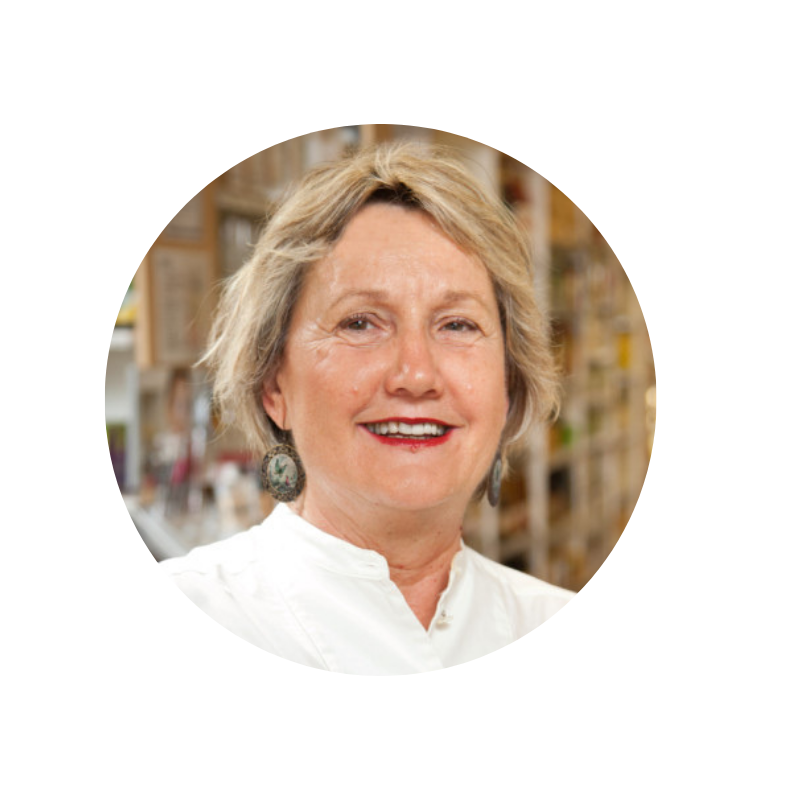 Galactagogues are a group of medicines or agents that are believed to or have been proven to help breast milk production at the beginning of breast feeding or for the continuation of feeding.
Galactagogues are a group of medicines or agents that are believed to or have been proven to help breast milk production at the beginning of breast feeding or for the continuation of feeding.
Herbs have a long history, in many cultures, of being recommended and used to stimulate breast milk production.
Studies have been conducted on several of the herbs commonly recommended but there is still the need for more clinical studies as results achieved have either been too small of a study or had inconclusive outcomes. A review done by Bazzano et al. (2016) found that studies done on pharamaceuticals also needed more robust evidence.
An article written by Abascall & Yarnall (2008) wrote of the importance of breastfeeding and the necessity of support for the mother at a time when she is experiencing an inadequate supply of breast milk. Breastfeeding gives a newborn and infant the optimum nutrition, combined with immune support and many health benefits that are enriching and long lasting for the mother and baby.
Breast milk supply can be compromised if; mother is obese, it is an older mother, the labour was difficult and, in some cases, caesarean sections. The physiological challenges for breast feeding can need more than counselling and can increase the demand for galactogogues to help increase breast milk production. The author reported the complications of childbirth can delay lactation for up to 72 hours after delivery and this can contribute to breastfeeding being stopped early and result in formula supplementation.
There is anecdotal evidence on the use of herbs but it is important for the herbal community to have studies showing the safety and effectiveness of herbs in order to bridge the gap between herbal practitioners and conventional health care practitioners.
An insufficient supply of breast milk can be the result of many factors and therefore further investigation is always required. Factors that can contribute to low supply:
- Social & physiological factors
- Delayed lactation
- Diabetes
- Hypothyroidism
- Obesity
- Thecalutein cycts (ovarian cyst)
- Polycystic ovarian syndrome
Herbs used as Galactagogues
Systematic review reported by Bazzano, et. Al (2016)
The above authors reported there is a huge and increasing demand for information on galactogogues. The authors reported; in a 10 year period there had been more than 1.16 million google searches with reference to breast-feeding and herbs. The authors concluded from their review that most woman doing searches avoided conventional medicines because of concern for the safety of their baby and they searched for evidence-based information on the herbal products they were using.
Bazzano et al. (2016) conducted an extensive review on galactogogues and the herbal studies used were blinded and placebo controlled trials. Only studies with relevant outcomes in milk production, infant weight gain and a change in serum prolactin levels were included. They also reviewed pharmaceutical galactogogues.
Three herbs were reported to have clinical trials with results in support of the herb having galactagogue properties.
- Fenugreek
The most relevant study here was a study of 22 mothers by Turkyillmaz et al (2011). Fenugreek 200 ml of herbal tea was given three times a day and the fenugreek was reported to have produced significantly more milk than woman taking placebo. No adverse side effects were reported.
The proposed mechanism that contributed to the increase of breast milk by the stimulation of sweat production with the logic being that the mammary gland is a sweat gland.
The positive benefits of Fennugreek as a galactagogue have many historical reports and the herb has been endorsed by the well known breastfeeding association and lactation consultants, La Leche League. The association reports that Fennugreek results in approximately a 75% increase in breast milk production.
Fenugreek is the most commonly used galactagogue in Australia.
- Shatavari
The most relevant study by Gupta & Shaw (2011) reported on a thirty-day trial showing a 32.8% increase in prolactin levels. They also reported a 16.13% weight gain in babies. They reported no observed side effects. The dosage used was 60mg/kg of body weight per day.
Animal studies have been used on Shatavari and it was proposed that the increase to lactation was via an estrogenic effect on mammary glands and increase in prolactin production.
- Milk Thistle
The most relevant clinical trial on Milk Thistle was on a group of 25 and was a 63 day trial conducted by Di Pierro et al. (2008). Mothers were given 420 mg/d of silymarin. The results showed that a 64.43% increase in breast milk and the increase continued until the last measuring day, which was at day 63.
Qualitative study conducted by Sim et al. (2014)
A qualitative study was conducted in Perth with a group of 20 breastfeeding mothers who were using herbal galactogogues. The study was conducted to explore the views of the mothers on the effectiveness of the herbal remedies and also to explore how they felt about the safety of the herbs they were using.
The results proved to provide valuable information in regards to the perceived effectiveness and safety from the personal experiences of the mothers in the study.
Several of the mothers in the study stated that the satisfaction and reward they felt in using the herbal galactogogues was because it gave them confidence in their breast milk supply and they had a feeling of being self empowered with the support of the herbs. In spite of the lack of data on the actual increase to breast milk supply the success of the research showed that the use of herbal galactogogues boosted confidence levels, which resulted in reported psychological benefits.
The improved confidence levels felt by mothers are significant to help reduce the current 30% of woman reported to discontinue breast feeding because of perceived inadequate breast milk supply.
Mothers in this study used the following indicators to judge the effectiveness of the galactagogues:
- Feeling a fullness in the breasts; engorgement
- A shorter time needed for feeding – baby feeling satisfied sooner
- Baby’s increase in body weight
- More milk available for expressing.
The above results led to mothers feeling more confident and empowered with the experience of using herbal galactogogues. Three quarters of the women in this study stated they did not want to have conventional galactagogues because they were concerned for the safety for their baby.
The confidence extended to herbal galactogogues by the women does not provide the data that is required. Further robust studies need to be conducted to confirm the quantities required of these herbs as agents to help the support of breastfeeding. The herbs used as galactogogues and mentioned in this paper are used in our VIVE dispensary every day. As herbalists, we dose these herbs following safety guidelines. Further studies need to be done so that the general medical community and community at large can refer to these herbs with their purpose for breast feeding and guide the mother to the dose required to achieve the desired outcome.
Reference are available upon request

Marilyn Lemaire is a Clinical Naturopath with over 25 years experience & a masters in Herbal Medicine. Marilyn is passionate about all aspects of herbal medicine & holistic health care.
